PPT-How A Transformed Adult Education System Can Achieve Shared
Author : luanne-stotts | Published Date : 2015-11-26
AB 86 and the South Bay Consortium Governor Brown charged community colleges and adult schools with enhancing regional collaboration to better serve the educational
Presentation Embed Code
Download Presentation
Download Presentation The PPT/PDF document "How A Transformed Adult Education System..." is the property of its rightful owner. Permission is granted to download and print the materials on this website for personal, non-commercial use only, and to display it on your personal computer provided you do not modify the materials and that you retain all copyright notices contained in the materials. By downloading content from our website, you accept the terms of this agreement.
How A Transformed Adult Education System Can Achieve Shared: Transcript
Download Rules Of Document
"How A Transformed Adult Education System Can Achieve Shared"The content belongs to its owner. You may download and print it for personal use, without modification, and keep all copyright notices. By downloading, you agree to these terms.
Related Documents

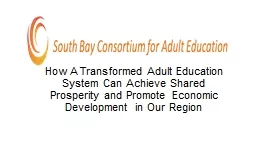





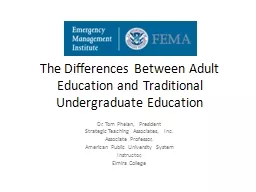
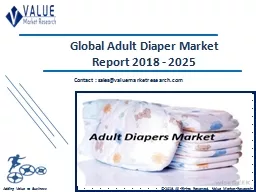
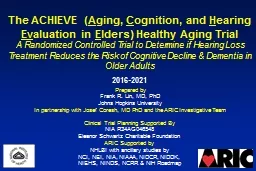

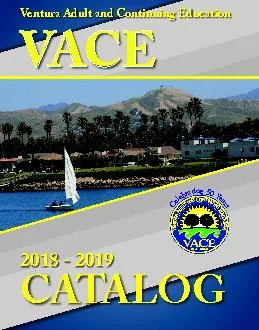
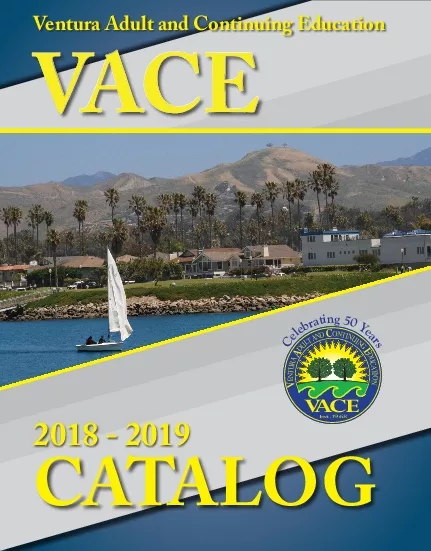
![[PDF READ ONLINE] The Permanent Tax Revolt: How the Property Tax Transformed American](https://thumbs.docslides.com/1017616/pdf-read-online-the-permanent-tax-revolt-how-the-property-tax-transformed-american-politics.jpg)
![Download Book [PDF] From Selma to Moscow: How Human Rights Activists Transformed U.S.](https://thumbs.docslides.com/1019765/download-book-pdf-from-selma-to-moscow-how-human-rights-activists-transformed-u-s-foreign-policy.jpg)